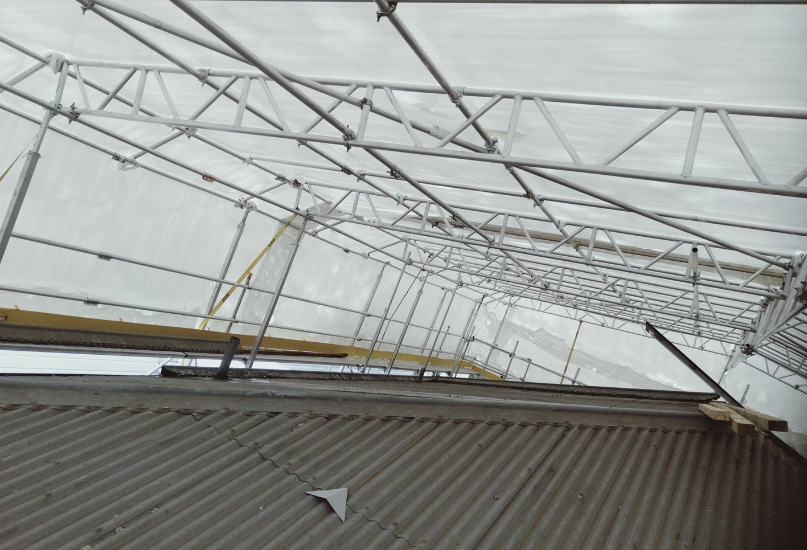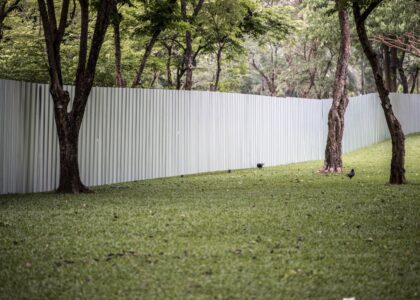In the dynamic world of construction, safety is paramount. As someone who has navigated through the trenches of building and construction management, the introduction and application of scaffold wrap has revolutionized how safety is ensured on site. This post aims to delve into the significance of scaffolding wrap, examining its role in enhancing not only safety but also the overall efficiency of construction projects. Readers will gain insight into the functionality, benefits, and essential considerations surrounding this innovative solution.
Scaffold wraps are robust, protective coverings designed to encase scaffolding structures. These wraps serve multiple purposes, from shielding workers and pedestrians from falling debris to protecting the construction against weather elements.
Enhanced Safety Measures
The primary objective of scaffold wrap is to increase onsite safety. This covering helps to prevent small tools or materials from slipping through the gaps of the scaffold and potentially injuring someone below. Furthermore, it acts as a barrier against wind, rain, and snow, ensuring that scaffolding remains stable and secure even in adverse weather conditions. According to a study conducted by the National Safety Council, the use of wraps was associated with a 20% reduction in fall-related incidents, underscoring their effectiveness in heightening site safety.
Operational Efficiency and Environmental Protection
Beyond safety, scaffolding wraps contribute to operational efficiency. They can provide a controlled environment that enables workers to continue their tasks even in less favourable weather conditions, thus avoiding delays and minimizing downtime. Additionally, these wraps can reduce noise pollution and contain dust and debris within the site, which not only protects the environment but also maintains cleaner, more organized construction sites.
Types and Material Considerations
Choosing the right type of scaffold wrap involves understanding the specific needs of a project. The wraps come in various materials, including polyethylene and PVC, each offering different levels of durability, fire resistance, and weather protection. Depending on the project’s duration and complexity, selecting an appropriate grade and durability of the scaffold wrap is crucial for maximizing its benefits.
Final Thoughts
Implementing scaffold wrap is a strategic decision that can lead to safer, more efficient construction sites. While the initial cost might be a consideration, the long-term benefits of improved safety, environmental protection, and operational efficiency make it a worthwhile investment. As the construction industry continues to evolve, embracing such innovative solutions will be key to achieving higher safety standards and more successful project completions.
Explore the possibilities of scaffolding wrap for your next project and experience a transformation in how construction sites operate, towards safer and more efficient environments.






